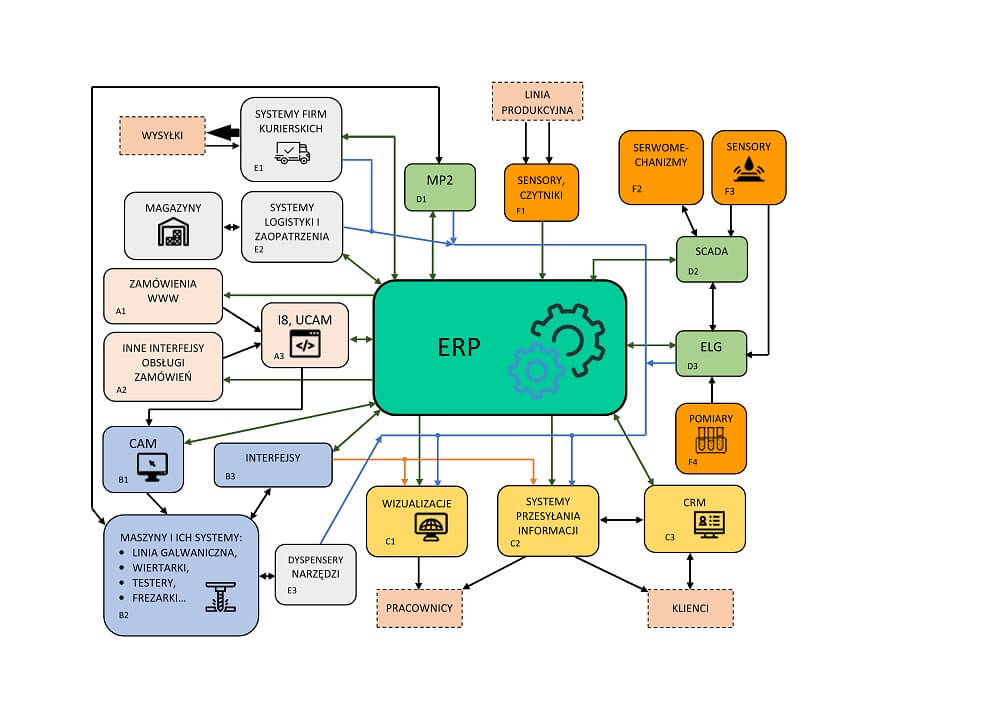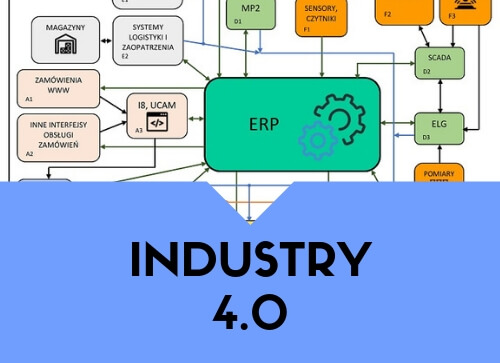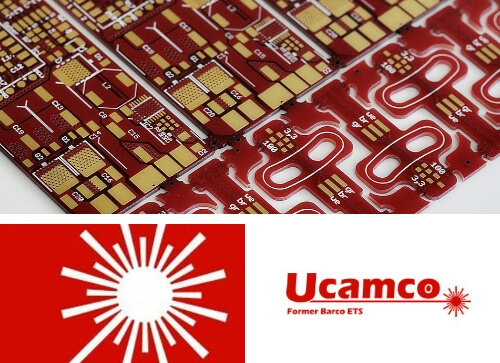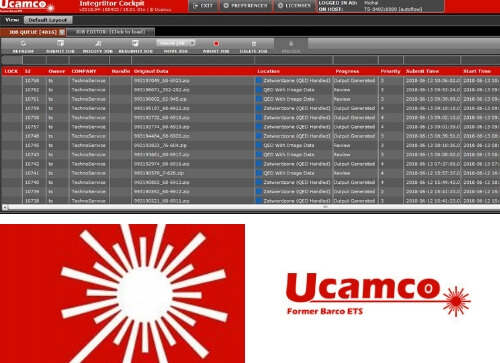Manufacture of printed circuits in harmony with the natural environment - waste classification, storage and disposal
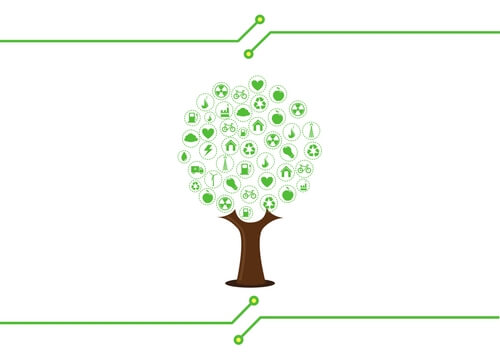
The manufacture of printed circuits is a very complex process that uses a wide range of materials and chemicals. Many of them require special storage and the use of specialised methods of industrial waste disposal. Some of the substances are dangerous for humans and the environment. The article discusses issues related to the management of waste generated in the manufacture of printed circuits at TS PCB, and the solutions used to limit its quantity. The main goal of both activities is to minimise the negative impact on the natural environment.
Waste can be divided into hazardous and other waste, i.e. waste that does not have a direct, destructive impact on the environment. Hazardous waste generated during the process of manufacturing printed circuits is the biggest threat to people and the environment, which is why it requires the use of special storage and disposal methods.
It contains many dangerous chemical compounds: hydrochloric acid, nitric acid, sulphuric acid, concentrated potassium and sodium bases, ammonia, aqua regia. Such waste includes spent baths from various processes, etching acids/alkalis, waste from micro-etching, spent fixing solutions, filter materials and sorbents, as well as packaging containing residues of hazardous substances or contaminated with them.
Hazardous waste is collected and stored in special Mauser containers (Photo 1), typically with a volume of 1 m3, placed in suitably prepared places inaccessible to unauthorised persons.

Photo 1. Mauser container.
After filling, they are forwarded to be utilised by specialist companies - mainly suppliers of baths or their components, which by recycling recover some substances for re-use.
Non-hazardous waste is waste that does not meet the criteria for classification under any hazard class, i.e. it is not classified according to the CLP provisions (classification, labelling and packaging) or does not meet the PBT/vPvB criteria (chemical safety assessment under REACH).
This type of waste includes sludge from pre-treatment plants, turning shavings and used grinding materials, packaging, textiles, work clothes that do not contain residues of hazardous substances, as well as toner/ink containers, scrap and cans, cables, renovation waste, municipal waste. Most of such waste is recycled.




